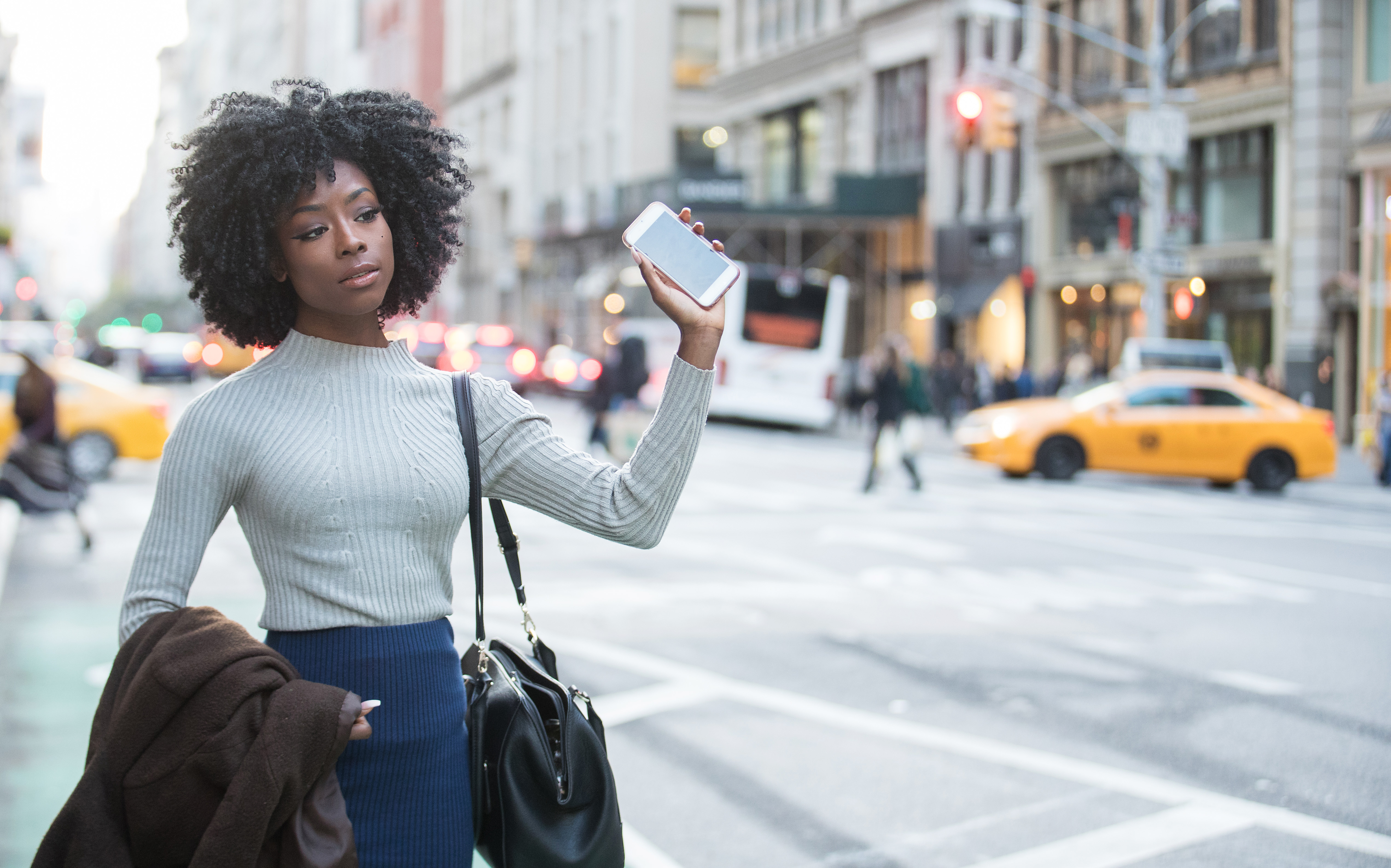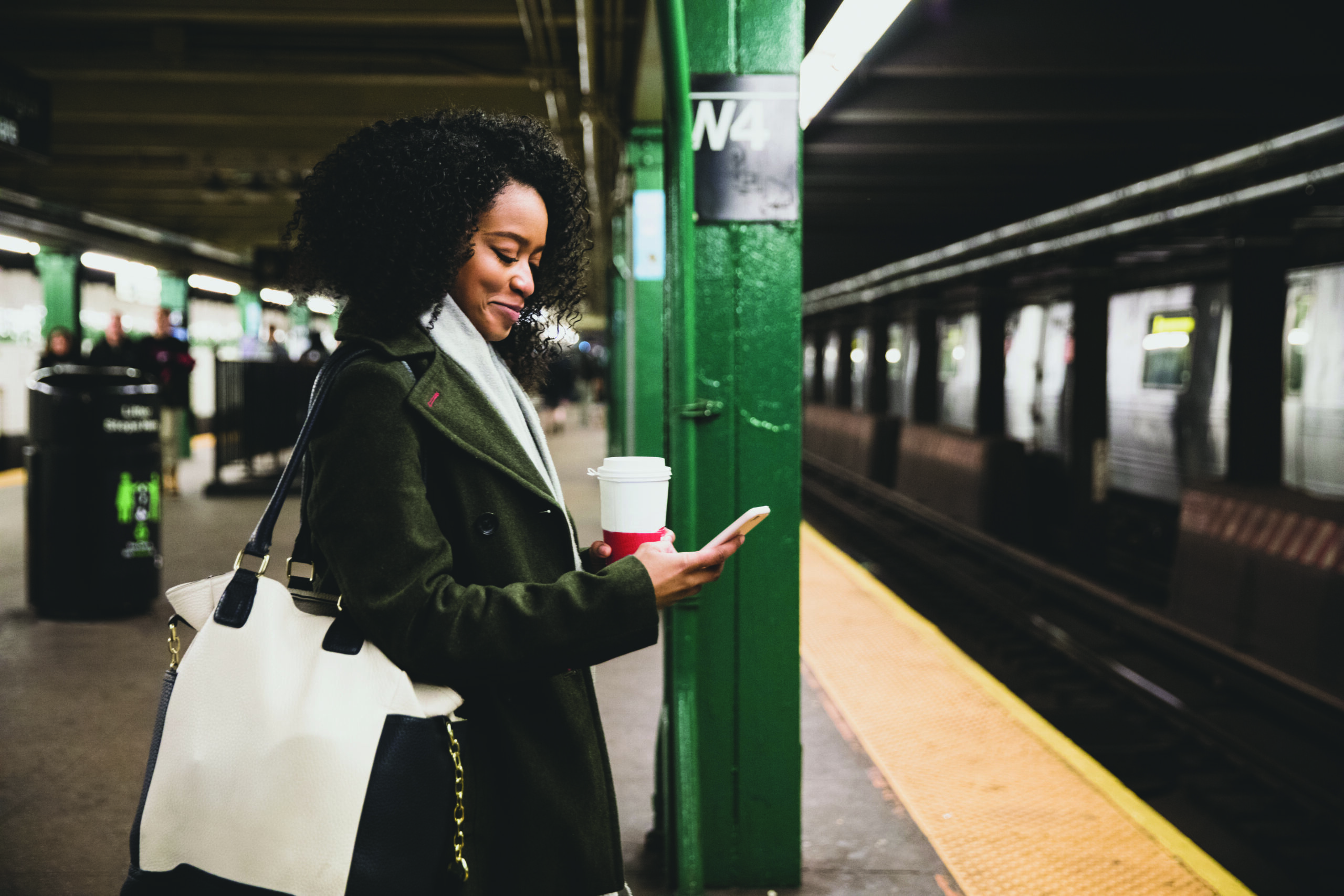by Bret Hanna
As we all know, rideshare services such as Uber and Lyft are wildly popular for transportation locally and while traveling for work or fun. They offer the convenience of leaving the driving to others if you want to go out on the town. You can also avoid the expense of rental cars and hassles of parking when traveling for work or vacation. But using them is not without risk. The most notable recent example of risk was the murder of 21-year-old Samantha Josephson, a University of South Carolina student, by the driver of a vehicle that she thought was her Uber. Although that case represents a terrible extreme of what can happen, there are other risks like assault, theft, etc. There are, however, precautions that can be taken to minimize risk when using rideshare services.
Request Your Ride from a Secure Location. If possible, request your ride and wait for it from a secure, indoor location. Pacing in a parking lot or on a sidewalk with your phone in your hand can draw unwanted attention from unwanted sources, such as purse/bag-nappers and thieves.
Check the Driver’s Rating. Once a rideshare request has been accepted by a driver, their rating should appear on your app. The general rule is that if their rating is below 4.5, pass on that driver. In fact, Uber drivers can be deactivated or fired for a rating below 4.5, but not all rideshare services are as diligent.
Confirm the Make, Model and Plate. When your ride arrives, make sure the make, model and license plate number match what is on your app. If there is any discrepancy, do not take that ride.
Confirm Driver Information Before Getting in a Car. When your car arrives, open the back door from the passenger side or have the driver roll down a back window, so you can confirm a photo and name for the driver before getting in the car.
Confirm Rider Information before Getting in a Car. While you are confirming the driver’s identity, you should also be making sure that the driver is there to pick you up. Don’t give a driver your name first. Ask for the name of the passenger. If for some reason you can’t understand what a driver is saying in response, ask to see the driver’s app to make sure that his rider information is for you.
Share Your Trip with Others. When traveling alone, always share your trip with others so they know where you are. Assuming those you share your trip with have the app you are using, they will receive a notification on their phone. Once the trip is shared, your trip can be tracked via GPS on their phones.
Ride in the Back Seat. The back seat is always the safer choice, especially if you are alone. If your group is big enough that all the passengers can’t fit in the back seat, the front seat is most likely safe because several people are riding together.
Be Aware of Your Surroundings. Particularly if you are in an unfamiliar place, use your app to track your trip to make sure you are traveling the correct route to the correct destination.
Don’t Share Personal Information. Typical pleasantry exchanges are fine but don’t share details of your trip if you are on one, such as your home address. What a driver has on their app in terms of name and phone number for you are all they need to do their job.
Don’t Pay with Cash. Apps today allow for tipping through the app once a ride is complete. A cashless transaction is always a safer transaction.
Rideshares are super convenient and by employing common sense safety tips, you should have safe travels








Leave A Comment